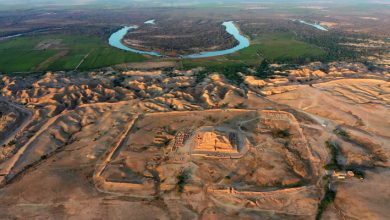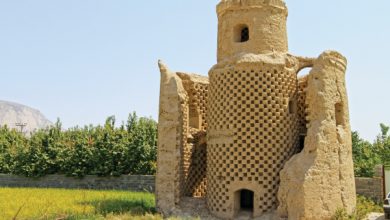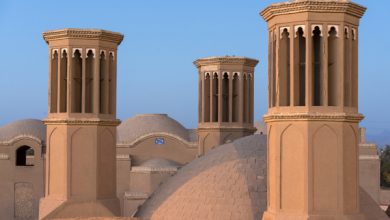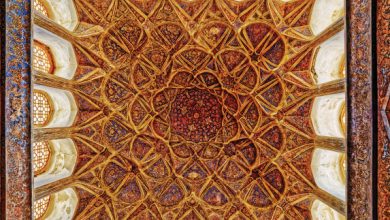
Author: Gilgamesh Research Team/ Photo by: Nasim Memarian
It is a few minutes before sunrise when we arrive at the farm. The sky is blood red and the smooth autumn breeze chills us. Lots of men and women – old and young, some accompanied by their children – have arrived before us and are trying to pick the last saffron crocuses before the first rays of the sun touches their petals.
We are here, in Qaen – formerly known as Quhistan – in South Khorasan Province, a place which is renowned for its unique saffron products. This is the land of poetry, music and saffron and we are taking a saffron harvesting tour organised by the ‘Keshmoon’ start-up.
Generally, South Khorasan and Razavi Khorasan Provinces and, more recently, Fars and Kerman Provinces, are the most important places in Iran for the cultivation of saffron. Iran produces the majority of the world’s saffron and has a long history of saffron cultivation. The spice is derived from a flower called Crocus sativus – commonly known as the ‘saffron crocus’. Saffron is the three stigmas and styles of the saffron crocus. These are delicate and threadlike, each measuring c. 2.5 – 4 cm. Saffron is a bright orange-red and the highest quality saffron is uniform in colour. Lower quality saffron threads may bear white streaks or light patches. Each flower produces only three threads of saffron and blooms for less than two weeks each year.
This Iranian red gold has adorned Persian tables for many centuries. Not only does it bestow a magnificent smell and taste to Persian dishes, but it can also be used as a dye, perfume and medicine. Saffron is both exhilarating and relaxing…
Find more on:
http://gilgameshmag.com/en/product/4815/



